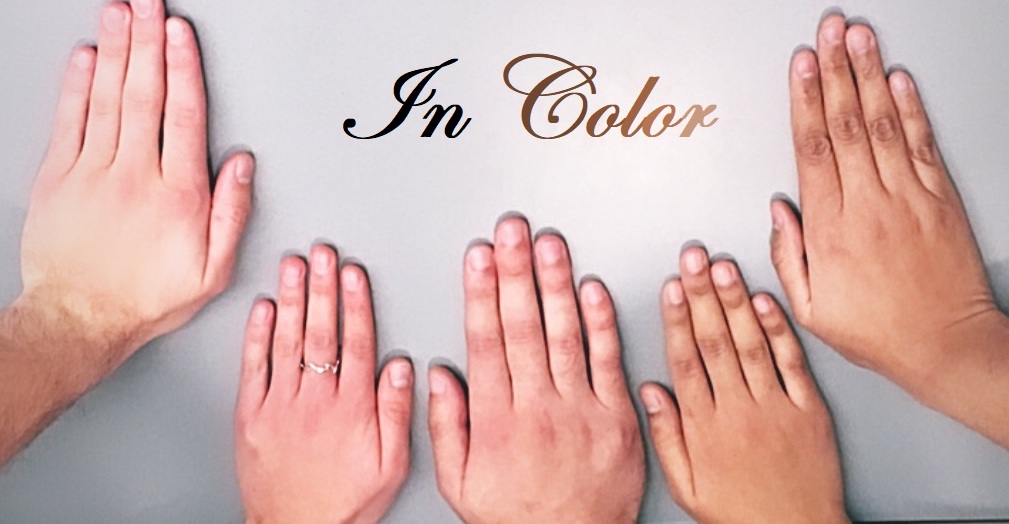Are Medical Schools Addressing All Dimensions of Health? A Perspective from Philadelphia Medical Students
So, what is planetary health? It refers to a burgeoning field focused on understanding the health impacts of human-caused disruptions of Earth’s natural systems, including climate change and environmental pollution. This also encompasses the immediate and downstream health threats from such disruptions, which have impacts on communities at the local level — Philadelphia is no exception.








